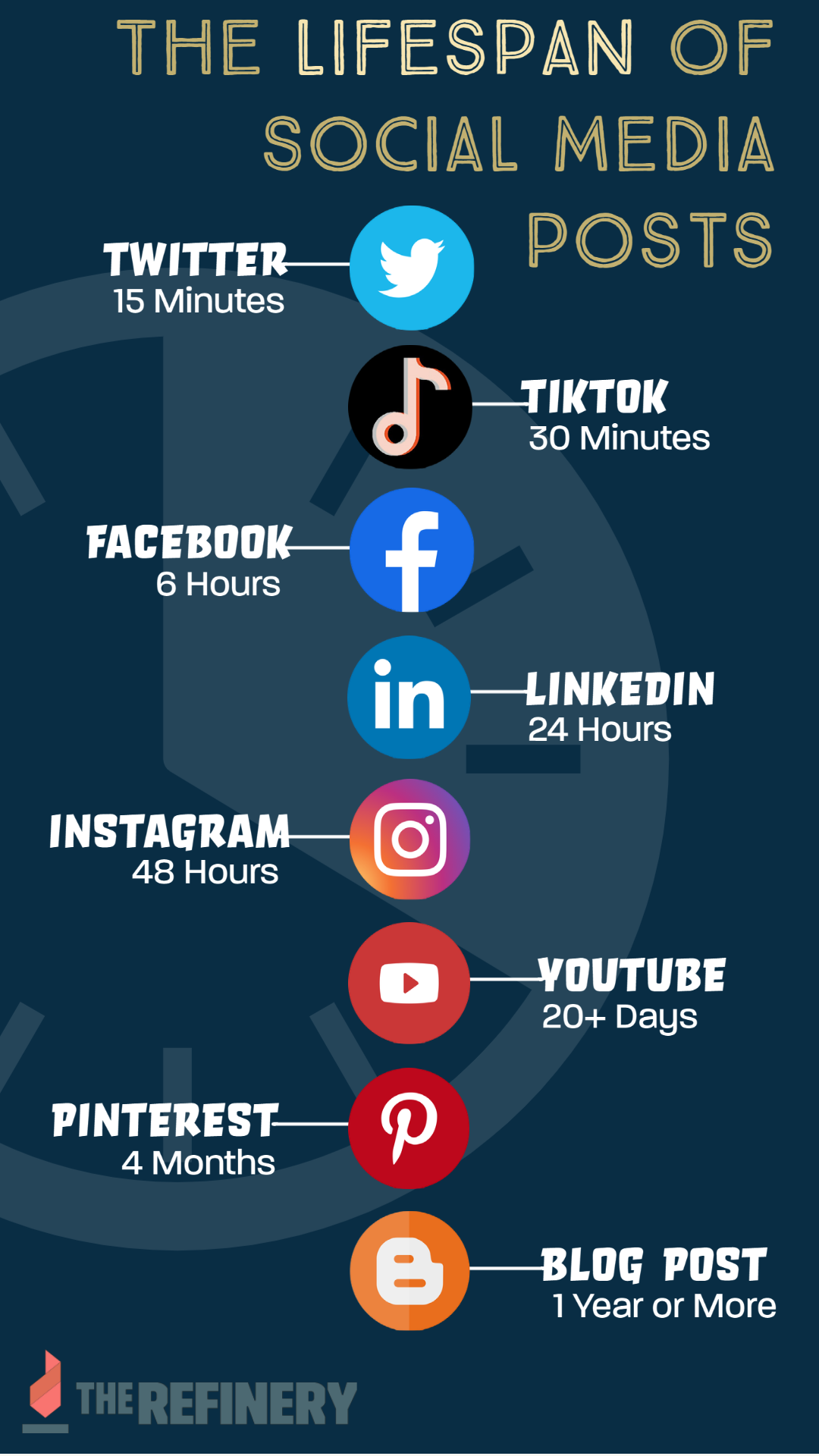
In 2020, the app “Bereal” was launched. Its premise was simple: Be. Real. Unlike other social media platforms that encourage their users to glamorize, sanitize, and romanticize every aspect of their lives, Bereal aimed for authenticity. Every day at a random time, the app would prompt its user to take a photo showing where they are and what they are doing. The hope and promise of BeReal was to dispel the need for polished facades that other social media platforms incline their users to create.
BeReal exploded in popularity, particularly among young people and students who wanted to escape from “social media fatigue.” The novelty of participating in something new that went against the grain of traditional social media was exciting.
And did it work…kind of?
Keeping it Real
BeReal is fascinating because it gets closer to one of the primary drives of social media than almost any other platform: the pursuit of authenticity in an inherently performative landscape. Nathalie Béchet calls this “The social media authenticity movement,” reflecting that as social media becomes more intertwined with day-to-day life, people become more cynical towards it and crave experiences that, at least in appearance, aren’t manufactured.
Want to know who to blame for this? Check out Wisecrack’s video on how reality TV ruined everything.
When BeReal arrived, it felt like a breath of fresh air and looked like it would be able to solve many of the prevailing issues that cause us to limit what we choose to express online. But how was a social media going to end all the problems of social media? And it turns out that being real and going viral don’t exactly go hand in hand.
Real or Reels?
While BeReal encourages you to post within the two-minute window, you can post minutes or even hours after receiving the pop-up.
Ironically, to see all the “realness” on the app, you yourself have to post. If you don’t you’re locked out, producing a threat of FOMO and stronger incentive to post regardless of mental or physical well being then any other social media.
Last but certainly not least, being real Is kind of boring. Shortly after BeReal came out, some users started to compile their “reals” and post them on other social media platforms like TikTok and Instagram. But rarely are these “reals” of people working their 9 to 5 jobs or binging the same Netflix show. No, the interesting people on other social media live “real” interesting lives, and so obviously their “reals” have to reflect this.
R. E. Hawley put’s it perfectly in their piece for the New York Times “Users may not be able to whiten their teeth or adjust the saturation in their posts, but they can still stage their pictures against their apartments’ nicest wall, or push piles of dirty laundry out of view. The difference between BeReal and the social-media giants isn’t the former’s relationship to truth but the size and scale of its deceptions.”
So while BeReal strives to go against the grain of social media, it can’t escape the fact that it is itself a social media platform and perpetuates many of the same performative practices. But does it’s attempt represent a more positive direction for social media in general?
Do you think there could ever be an anti-social media platform, or is the only true anti-social media complete abstinence from social media?

Oh hey it’s “you” tells us what makes you “you” on social media? https://tinyurl.com/4s25j67p cause this seems to disagree #BeReal #Authenticity #socialmedia

Social media tells us we can be who we are online. But how capable are we of actually doing that? BeReal tried to put that to the test, lets see how it did: https://tinyurl.com/4s25j67p









